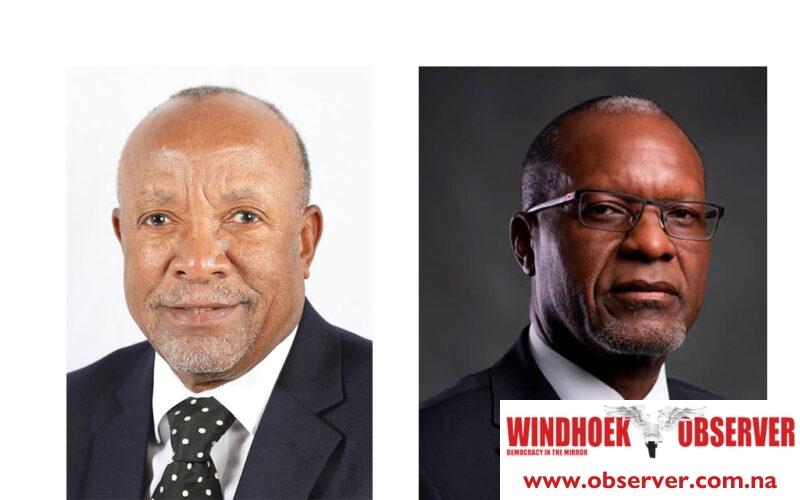Niël Terblanché
President Nangolo Mbumba and Minister of Mines and Energy, Tom Alweendo, outlined Namibia’s ambitious plans to harness green hydrogen as a catalyst for economic transformation and sustainable development at the World Hydrogen Summit in the Netherlands.
In his address, President Mbumba stated that Namibia views the 21st century as a transformative era for Africa, with green technologies playing a key role in industrialization and economic growth.
“Green hydrogen is the brainchild of my predecessor, the late President Hage Geingob, who recognised its potential in early 2021,” Mbumba said while adding that Namibia is currently developing nine hydrogen projects in two different areas of the country with the potential for developing a third.
Mbumba stressed that green hydrogen offers opportunities beyond clean molecule production, potentially transforming Namibia into a logistics hub for Southern Africa.
“Initiatives such as developing an ammonia bunkering hub and green hydrogen-powered trains aim to decarbonise shipping and logistics, enhance the competitiveness of Namibian ports, and foster intra-African trade,” he said.
Mbumba also announced the signing of a memorandum of understanding (MoU) with the Western Cape Development Agency and other regional partners to study the feasibility of Africa’s first cross-country green hydrogen pipeline.
“This initiative aims to boost trade and cooperation between Namibia and South Africa,” he added.
Minister Alweendo reinforced the transformative vision for Namibia’s green hydrogen economy, linking it to broader African and global efforts to combat climate change.
He acknowledged the global commitment to decarbonisation, which has intensified since the COP26 conference in 2020, driving demand for low-carbon goods.
“Namibia is not alone on this journey,” Alweendo said while acknowledging efforts by other African nations like Morocco, Kenya, South Africa, and Mauritania to advance green hydrogen initiatives.
He, however, stressed that Namibia’s Green Industrialization Blueprint aligns with the country’s Vision 2030, focusing on addressing labour market polarisation, skill shortages, and over-reliance on public investment.
Alweendo pointed out the strategic importance of Namibia’s natural resources, such as rare earth elements and other critical minerals, in the green hydrogen value chain.
He said that he has confidence in the potential of large-scale green hydrogen projects to produce low-carbon goods and alleviate regional energy insecurity by exporting excess electrons to neighbouring countries.
Both leaders highlighted the necessity of regional collaboration and strategic funding to realise the full potential of green hydrogen.
They called for a coordinated approach to developing infrastructure like cross-country railways and transmission lines, essential for establishing Africa’s global competitiveness.
Namibia’s commitment to green hydrogen is expected to attract significant foreign direct investment, create jobs, and substantially reduce carbon emissions.
Alweendo estimated that the successful execution of Namibia’s Green Industrialization Blueprint could unlock more than nine times the national stock of foreign direct investment by 2040, creating over a quarter million jobs and abating 75 million tons of carbon dioxide.
Both Mbumba and Alweendo extended invitations to participants in Rotterdam to attend the upcoming Global Africa Hydrogen Summit in Windhoek from 3-5 September.
According to Alweendo, the summit will highlight strategic discussions on green hydrogen production and highlight Namibia’s plans and accomplishments in this area.




